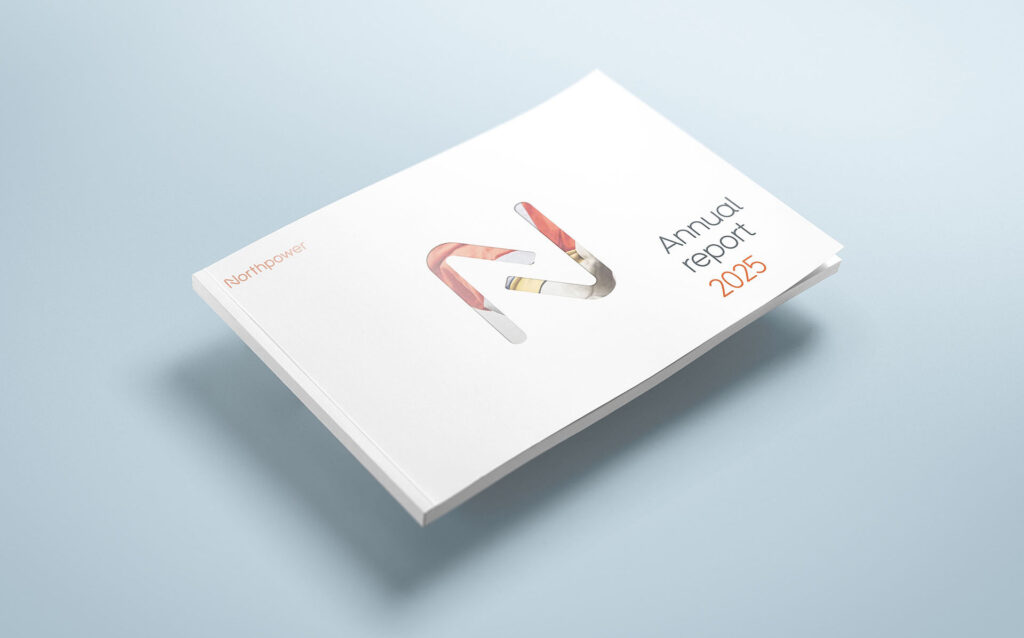
31 March 2025
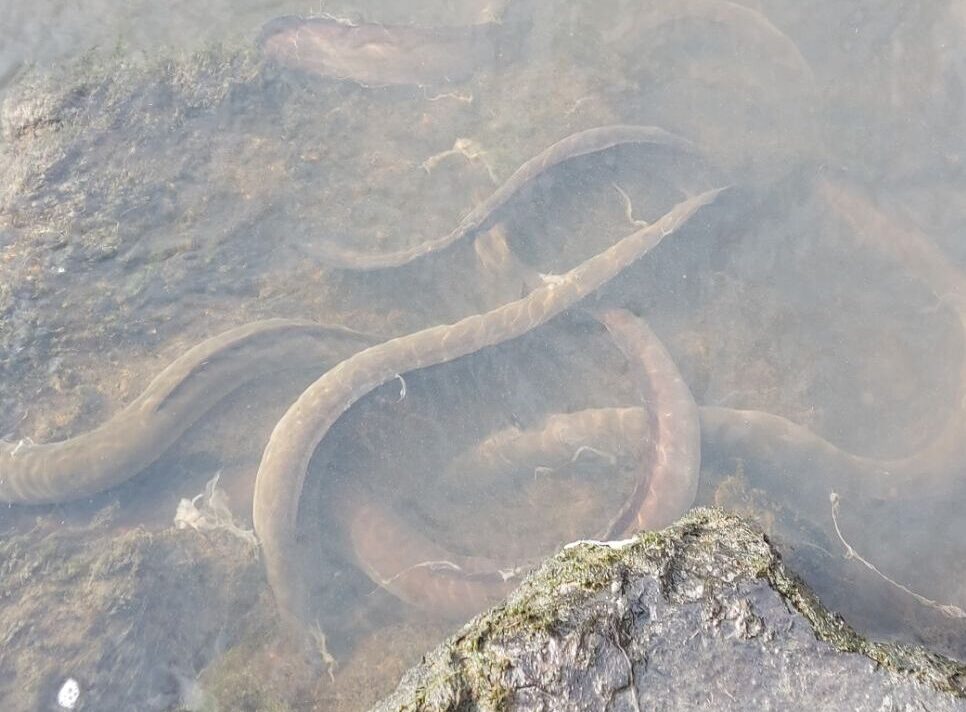
Protecting taonga species at Wairua hydro power station
Creating positive outcomes for our communities goes hand in hand with protecting Northland’s local treasures and natural environment.
Our hydroelectric power station, situated on the Wairua River, lies within the migration route of several native species including fish, eels and elvers (juvenile eels). They are taonga (treasure) to local hapū, so we worked with the hapū to investigate methods of facilitating their migration to avoid disrupting their lifecycle.
Innovations to facilitate taonga species migration
Migratory native fish and elvers travel upstream to develop into adults, then migrate to the sea to breed.
Northpower constructed several pathways to divert migration around Wairua power station. A ladder and tank system were installed to help fish migrate upstream. Elvers and juvenile native fish can climb, so access ramps in the generator building’s intake tanks redirect them into separate collection tanks. They are then collected and released upstream.
Quick look at our collection tank system
2492
Eels saved
1117
person-hours invested
63.31kg
elvers saved
For downstream migration, three siphon pipes bypass eels from the station’s intake pond into an oxygenated tank. These eels are regularly captured and released downstream to continue their journey to the sea.
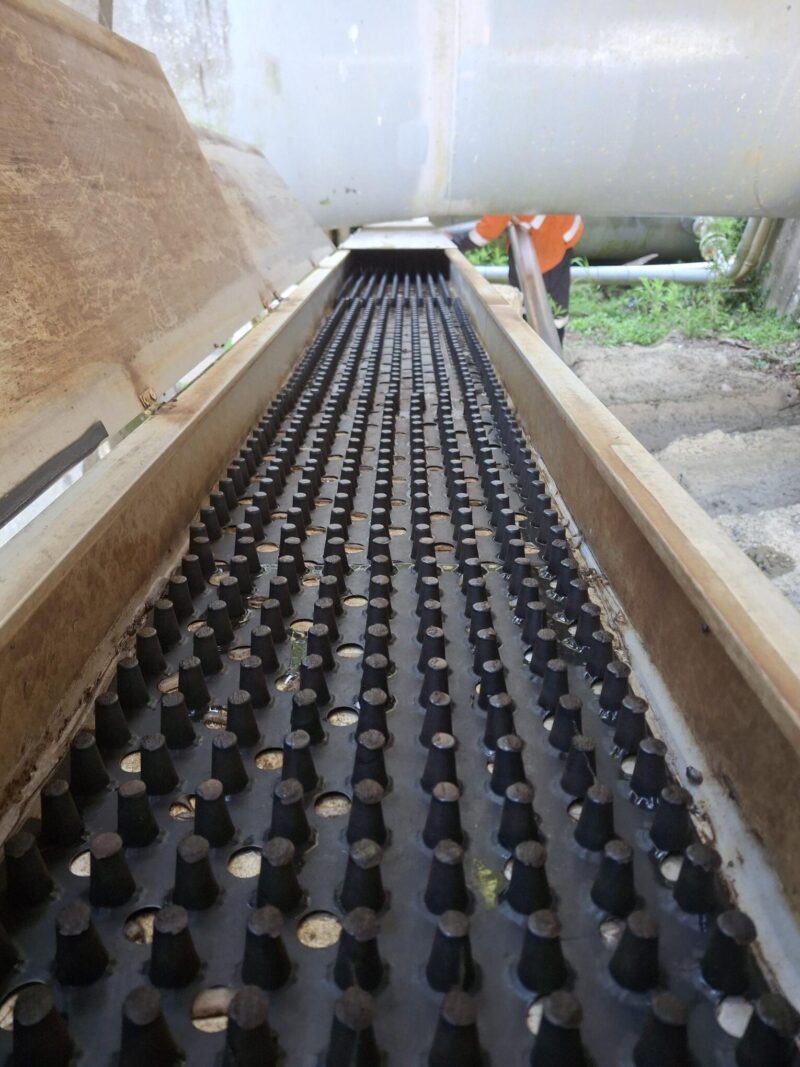
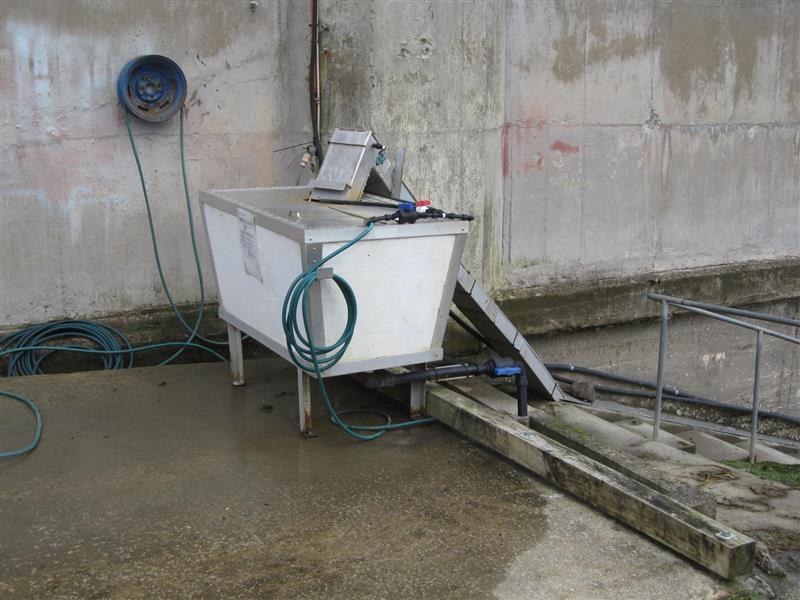
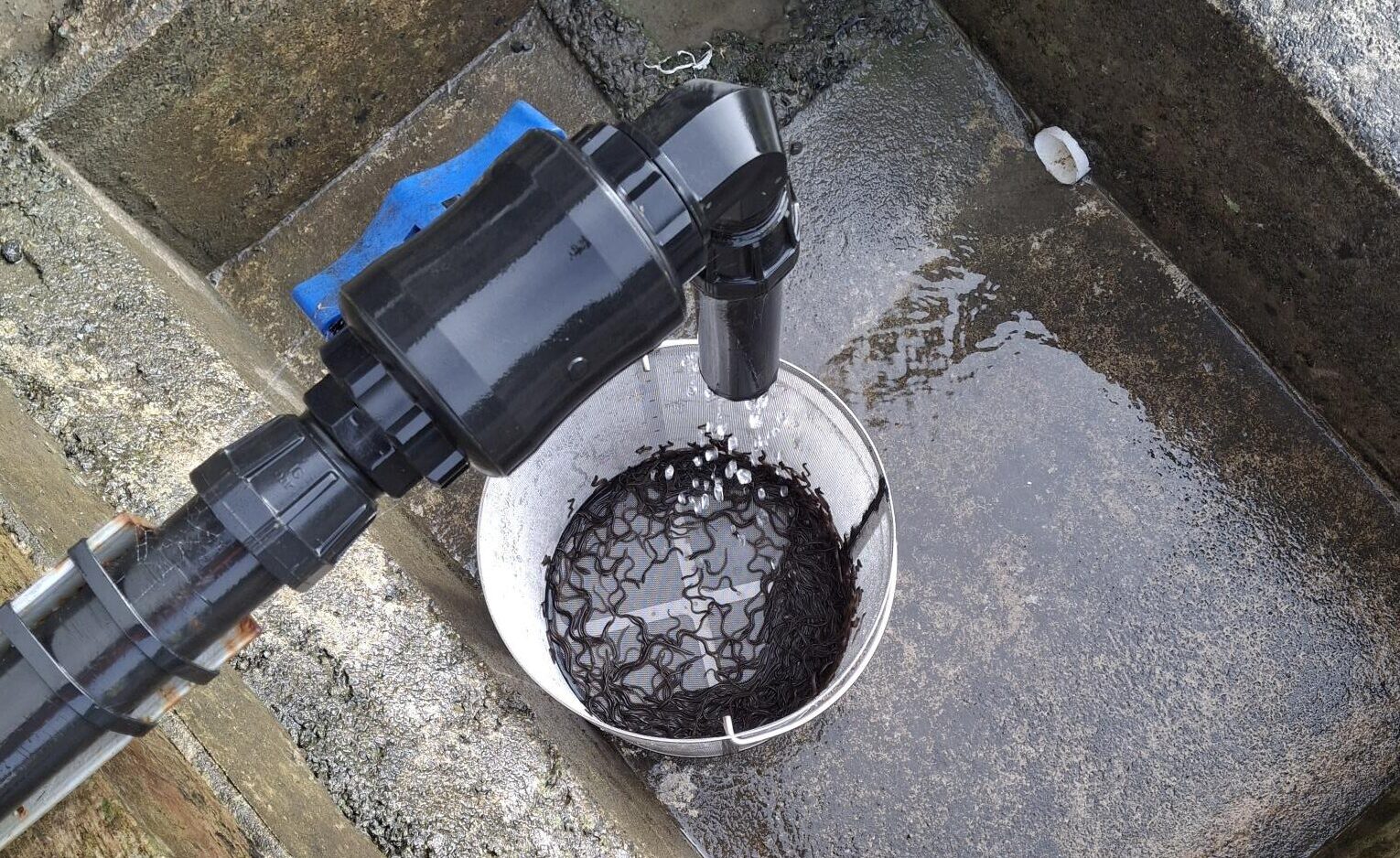
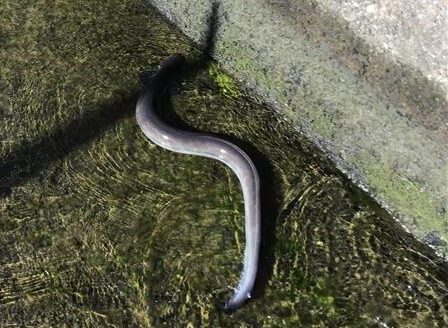
Our ongoing collaboration with hapū
We consulted with local hapū, Parawhau ki Te Korakota, who provided their extensive knowledge on the migration behaviours of these migratory species. This information was incorporated into the designs of the migration pathways. Our collaboration continues, with hapū members overseeing the capture, release of the native eels, elvers and fish.
In the last financial year, 2492 eels and 63.31 kg of elvers have been saved thanks to our collective efforts.


